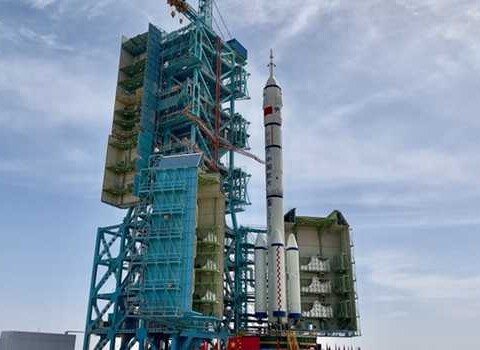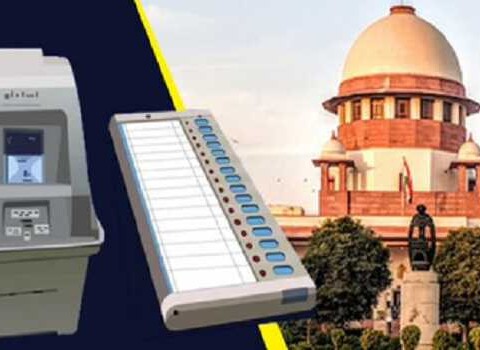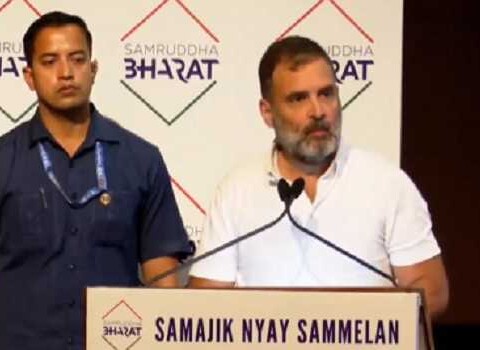Faheem Ul Islam
Structural violence is a term used to describe the ways in which social, economic, and political systems can perpetuate inequality and injustice. While the concept may seem abstract, the effects of structural violence can be seen in countless examples of poverty, poor health, and social exclusion.
One of the most concerning aspects of structural violence is its insidious nature. Unlike direct forms of violence, such as physical assault, structural violence operates through the invisible web of societal structures, policies, and practices that perpetuate inequality.
The result is that those who are already marginalized and vulnerable are further marginalized and denied opportunities for advancement. The consequences of structural violence were particularly evident in the current COVID-19 pandemic. The pandemic has exposed the inequalities that exist in our societies, with marginalized and vulnerable populations suffering disproportionately from the disease.
For example, people living in poverty, racial and ethnic minorities, and those who lack access to healthcare are at higher risk of contracting the virus and experiencing severe illness. Structural violence also perpetuates economic inequality, with those at the bottom of the economic ladder struggling to make ends meet while those at the top enjoy wealth and privilege.
This economic inequality is often perpetuated by policies and practices that limit access to education, employment, and healthcare. In addition to economic inequality, structural violence also takes the form of discrimination and prejudice based on race, gender, sexuality, and other factors. This can lead to violence and harassment against marginalized groups, as well as a range of other negative outcomes.
There have been several reported cases of structural violence in India in recent times. Here are a few examples:
Farmer’s Protests: The farmer’s protests in India in November 2020. The protests are a response to the three agricultural bills that were passed by the Indian government in September 2020. The farmers have argued that the bills are a threat to their livelihoods and will benefit large corporations. The government’s response to the protests has been criticized for being violent and lacking empathy towards the farmers.
- Caste-Based Violence: Caste-based violence is a pervasive issue in India, with people from lower castes facing discrimination and violence. In 2020, there were several reported cases of caste-based violence, including the gang-rape and murder of a Dalit woman in Uttar Pradesh.
- Healthcare System: India’s healthcare system has been criticized for perpetuating structural violence, with access to quality healthcare being limited to those who can afford it. The COVID-19 pandemic has exposed the weaknesses of the healthcare system, with reports of people being denied treatment due to lack of resources.
- Gender-Based Violence: India has a high incidence of gender-based violence, with women and girls facing discrimination, harassment, and violence. In 2020, there were several high-profile cases of gender-based violence, including the gang-rape and murder of a young woman in Hathras, Uttar Pradesh.
- Environmental Injustice: Environmental injustice is also a form of structural violence, with marginalized communities often bearing the brunt of environmental degradation. In India, this issue is particularly evident in areas where industrialization and mining activities are rampant. The displacement of indigenous communities and the destruction of their livelihoods are some of the consequences of environmental injustice in India.
Addressing structural violence requires a comprehensive approach that challenges existing power structures and advocates for systemic change. Here are some measures that can be taken to cope up with structural violence:
- Education: Education is a powerful tool for addressing structural violence, as it can help to raise awareness about the ways in which social, economic, and political systems can perpetuate inequality and injustice. By providing education and training programs that promote social justice and equity, individuals can become more aware of the issues and be empowered to advocate for change.
- Policy Changes: Structural violence can be perpetuated by policies and practices that limit access to education, employment, healthcare, and other resources. By advocating for policy changes that promote equity and address systemic inequalities, we can work towards creating a more just and equitable society.
- Community Empowerment: Community empowerment is another important measure for coping up with structural violence. By empowering marginalized communities and giving them a voice in decision-making processes, we can help to promote social justice and equity.
- Addressing Discrimination: Discrimination based on race, gender, sexuality, and other factors is a form of structural violence. By addressing discrimination through policies and programs that promote diversity and inclusion, we can work towards creating a more just and equitable society.
- Strengthening Institutions: Strengthening institutions, such as the judiciary and law enforcement, can help to prevent and address instances of structural violence. By ensuring that institutions are transparent, accountable, and impartial, we can work towards promoting social justice and equity.
- Advocacy: Advocacy is an important measure for coping up with structural violence. By raising awareness about the issues and advocating for change at a systemic level, we can work towards creating a more just and equitable society
In conclusion, structural violence is a pervasive issue that continues to perpetuate inequality and injustice in our societies. By recognizing the insidious nature of this type of violence and advocating for change at a systemic level, we can work towards creating a more just and equitable world for all.
About the Author: Faheem ul Islam is pursuing his master’s in international politics from the Department of Strategic and Security Studies Aligarh Muslim University. He can be mailed at [email protected]











